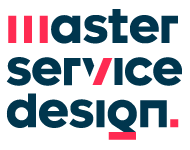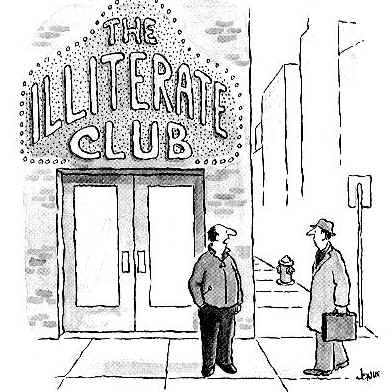When I read Shivika’s article on disability I started thinking on the obstacles that keep people from fully taking advantage of the services we design, one of the first that came to my mind was illiteracy. According to the UNESCO as of 2010 there were 775 millions adults who couldn’t read or write, and an estimated 200 million young people need a second chance to acquire the basic literacy and numeracy skills for furthering their job opportunities. This is a huge issue, since it means that this individuals continuously face trouble to achieve their daily goals, acquire knowledge, develop their potential, and participate fully in their communities.
Is also a huge issue because of it’s complexity, multiple factors from geography to culture contribute to the persistence of illiteracy and a huge array of stakeholders in different levels are necessary to solve the issue. All in all is like a big puzzle and it may seem a little overwhelming, this doesn’t mean that as service designers we can hold back our two pennies. In fact, thanks to the incursion of mobile technologies the possibility to help and empower illiterate people is growing.
Take for example the work of Indrani Medhi, a researcher at Microsoft India, who has been working in a text-free interface to help illiterate and semiliterate people achieve different tasks, like looking for a job or getting health care advice. Through her research, she developed a set of design principles that take into account the importance of contextual clues the user has already learnt through common used symbols, audio cues, and cartoons specific to the communities.
Another enlightening example is EasySMS, an application developed by students from the École Polytechnique Fédérale de Lausanne, that allows users to hear text messages through text-to-speech technology, and then answer back by allowing the user to recognize the words with a functionality inspired in Karaoke. (take a look here)
One of the most interesting related research I’ve been looking to, is the work of Jan Chipchase (you can hear him here ), He’s been working around the issue of financial inclusivity and literacy, and I find that some of his insights are, not only, extremely valuable when it comes to designing for demographic with a particular obstacle, but also in general to apply in our design approach. Two things about his results resonated with me.
The first one was that most tasks can be learnt by the users, even if it’s just by repetition, the real challenge is to design services that allowing the user to learn from it prepare him for dealing with unforeseen situations and support him in understanding the perceived risk of failing the tasks and it’s consequences, or in other words designing environments that allow illiterate users to explore the service by providing and easy way to recover from failure.
The second one was that illiterate people tend to engage other people on their task in oder to benefit from this literacy proximity, in this sense the traditional practices of communities for carrying certain tasks on become specially relevant as well as the community stakeholders involved in these practices. This insight is highlighting the importance of taking into consideration that sometimes we’re not just designing for an user, but for an entire support system behind that user.
I found these examples inspiring in the way the approach user’s constraints, because even though is true that illiteracy or disability are extreme cases of user’s constraints they are not at all rare, and more so they can shed some light into dealing with different types of constraints when designing services.

